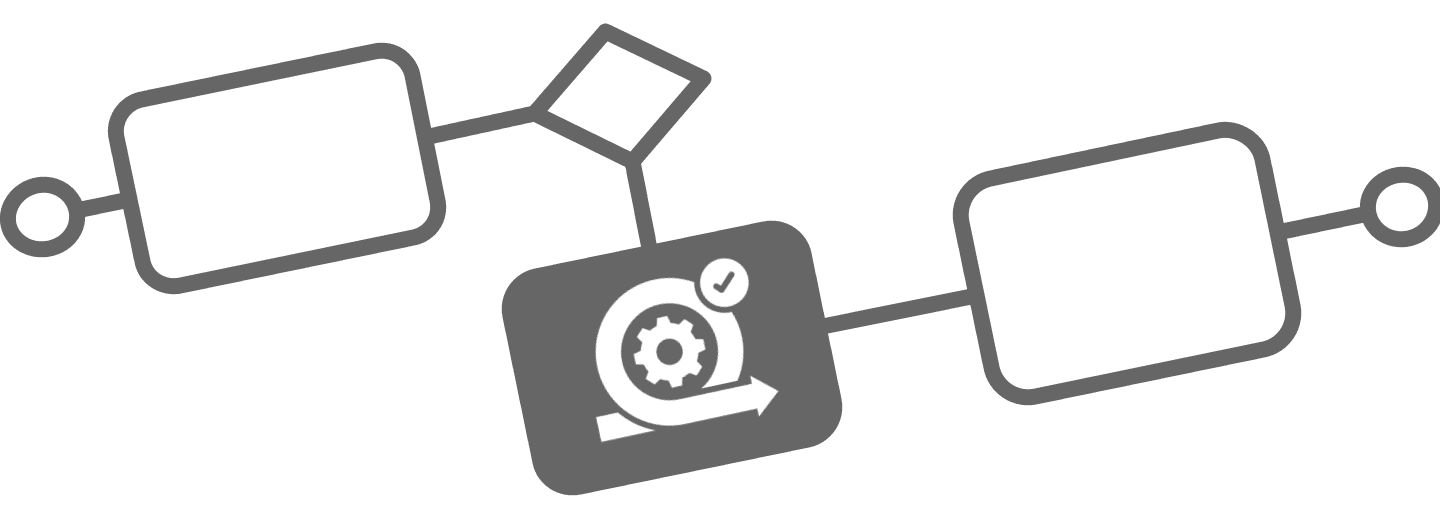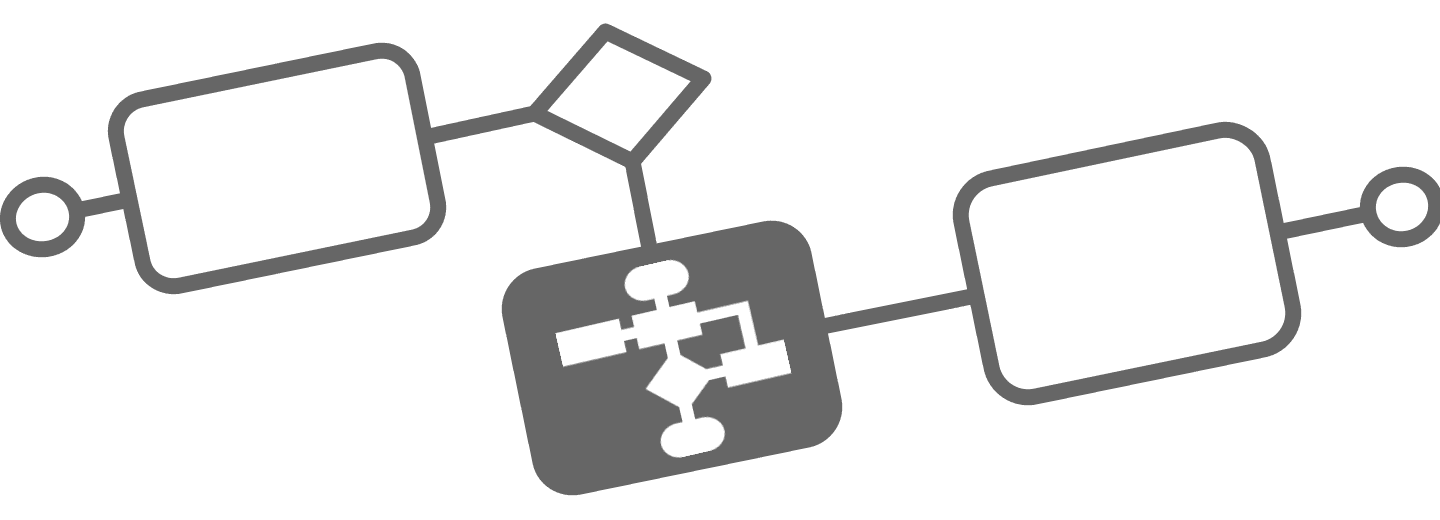
Customer On-boarding
Customer On-boarding
The customer onboarding process is probably the most important stage of the customer lifecycle. While it comes right at the start of their journey, it sets the tone for their whole relationship with your product and company.

Download Business Process Template for Free
Customer onboarding, or client onboarding, is the process of proactively guiding new customers through your product to get them started and stay engaged. It is a series of steps and resources that make it easy for customers to incorporate a new product into their routine.
This Process template is[ |https://flower-bpm.com/templates/sales-index][ part of our Sales Processes collection.|https://flower-bpm.com/templates/sales-index ]
Useful Customer Onboarding Tips
General customer onboarding best practices to consider:
-
Know Your Customers
-
Clarify Expectation
-
Show Them Value
-
Keep Communication Flowing
-
Create Customer-Centric Goals
-
Measure Your Success
In addition to best practices, there are a few things that will make your onboarding practice a positive experience for your customers.
-
Make it a personalized experience. Each customer has a unique set of concerns. The more you can tailor your solution to their needs, the easier it will be to achieve wins — and loyal customers.
-
Break everything down. Disseminate information slowly and selectively. Only ask a new user to accomplish one task at a time and provide clear instructions on how to do it.
-
Be with your customers every step of the way. Be available to your customers if they get stuck or have trouble. If you can, dedicate several customer services or success representatives to new customers. It will make their onboarding experience better and allow you to see where your process falls short.
-
Celebrate the small wins. Acknowledge every milestone along the path to customer-defined success to encourage a continued relationship.
Who is involved?
The user onboarding process for SaaS-based businesses should be an organization-wide effort. It isn’t the responsibility of just one department or team. The following roles are modeled as swim lanes in BPMN. Flower automatically maps those to your Jira teams and projects.
- Product Management and Development
No one understands the complexity of your product better than your developer and product management team. They know the ins and outs of your platform and how they can be applied to specific use cases. It’s a good strategy to involve them in the onboarding process to gather feedback and make the product even more intuitive and user-friendly.
- Customer Success
The responsibilities of a customer onboarding specialist include helping customers with the installation and configuration of the product, minimizing time-to-value for users, and addressing the customer‘s tech concerns.
- Customer Support
Customer support supervises the product management and customer success team. They are there to help find any weak link in the onboarding process and help resolve issues as soon as possible. They are also responsible for providing feedback to the product and customer success team to help them further enhance their performance. Nowadays, more and more customers are going the digital onboarding route. You want that process to be as seamless as possible; the Technical Support Team is invaluable in this case.
The customer onboarding process step by step
Sign-up process
It’s tempting to think that customer onboarding doesn’t start until a customer has signed up for your product. But we believe the sign-up process is the first step of that journey.
-
Keep your sign-up process as short as possible. You want to make it as easy as possible for people to sign up for your product. How much of the information you ask for is nice-to-have rather than essential? Ask for the information that you need to get the customer set up and using your product, then ask for more information later when it’s needed.
-
Need a lot of information to sign up? Split it over multiple pages rather than asking for everything on one. Asking for sign-up information across multiple pages correlated with a modest increase in conversion rates. So if you need a lot of information from your customers when they sign up, make it feel like less by splitting it across multiple pages.
-
Make it easy to sign up with a service they already use, like Jira, Slack or social media. This removes almost all the friction from the sign-up process and means new customers can sign up with a single click, which is a huge benefit.
Welcome email
After a new customer signs up, the next step in your onboarding process is to send them a welcome email. This email should direct them straight back to your product so they can start using it and getting value from it.
Create a CRM record and link your customer to Jira service desk
To be able to invoice the customer later, an entry must be made in the ERP system. In your company, there will also be a lot of other systems such as CRM, Jira Service desk, etc.
Deliver your service or product
Service Delivery is much like it sounds: it’s the delivery of a product or service to a customer.
Provide your customer with a product tour
Share resources that’ll help them get started. This could include a product tour video, links to help center articles, or product FAQs.
Follow up communication
Your onboarding process aims to keep your customers engaged so the process doesn’t end after your customer has logged in that first time.
After your welcome email, you may want to send additional follow-up emails, offering tips and pointers to help your customer make use of your product and prompting them to log back in.
Ensuring the quality of the service
Customer service quality assurance is the practice of monitoring the quality of customer conversations. Regular conversation reviews help you measure and improve your team’s performance and overall support process.
Post sales
Does the closing of the deal now mean it’s over? The answer is no. You need to follow several steps to provide a great experience and ensure your new customer is satisfied with the service. These process activities can include sales, marketing, and customer service tasks and are designed to fulfill your service or product’s commitment to the customer. These activities also help to improve and develop customer relationships.
Customize your Flower BPMN template for Jira
This BPMN sample process is a best practice example as it is lived in many companies. Your customer onboarding process will vary in detail depending on your industry and product portfolio.
With Flower BPMN Modeller you can easily adapt this template to your needs or simply start with this template and make changes later.
Learn More
Kickstart your Flower BPMN Workflow

How to make Jira Workflow a Business Process Management System (BPM)?
A business process is the strategic view on your value chain, while Jira workflow is at the tactical level. Read more to understand the difference.

Agile Workflow and Process Management (BPM)
The Agile Manifesto explicitly includes processes in its set of methods. But people and interactions are above business processes rather than vice versa

The Ultimate Guide to BPMN
Learn Business Process Modeling Notation (BPMN), the industry standard to design workflows and business processes, and how it integrates with Jira